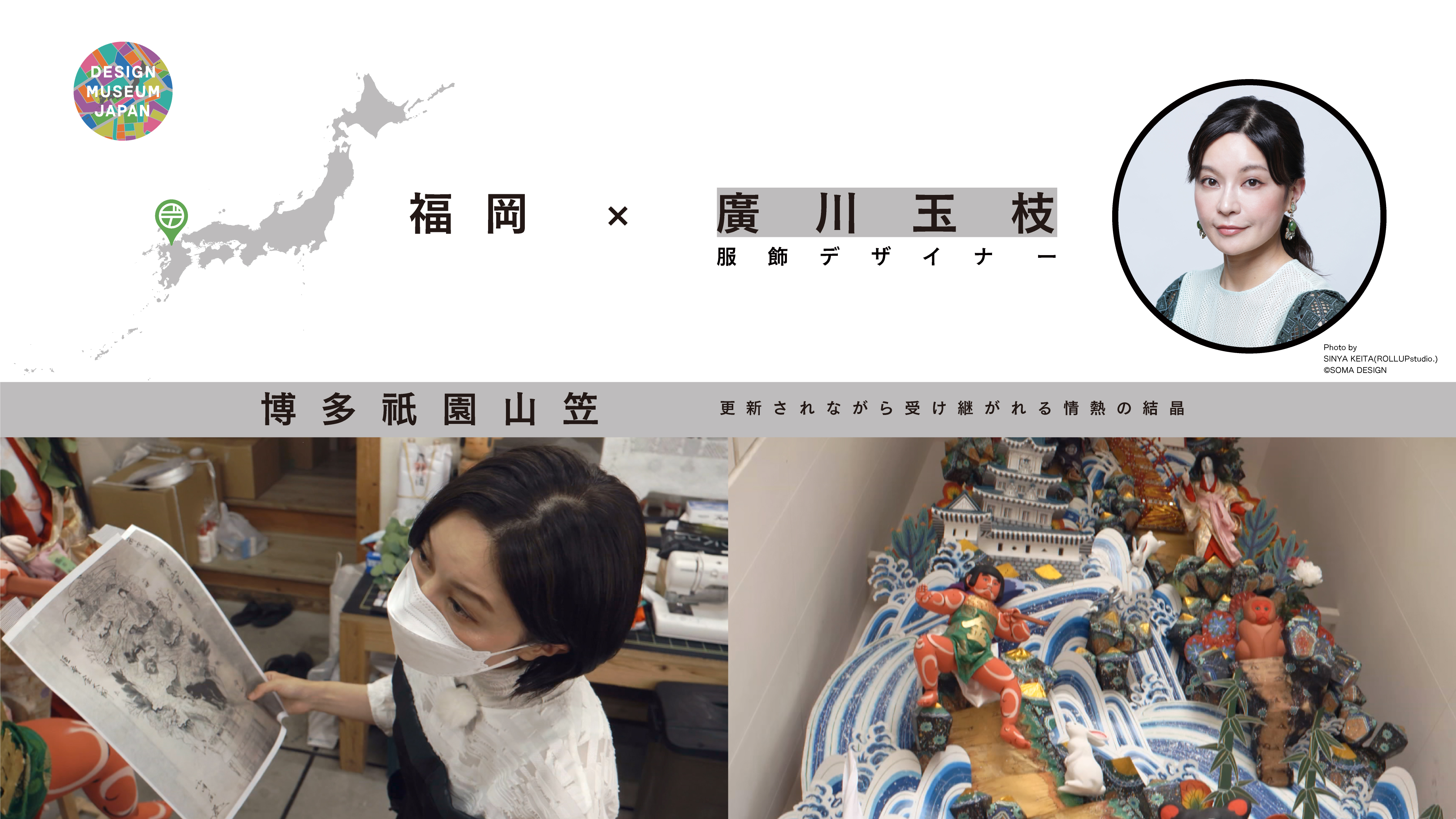Tetsuya Mizuguchi researched TransAcoustic Piano at a piano manufacturer in Hamamatsu, Shizuoka prefecture. This piano converts digital audio signals into vibrations, which are transmitted to the “soundboard” with the aid of electrical devices known as “transducers.” It was developed with the idea of controlling the volume of the instrument via the resonance of the acoustic soundboard. The piano functions like a speaker by activating soundboard, the instrument’s heart, to resonate as whole and produce a sound experience not just for the ears, but for the listener’s whole body.
Tetsuya Mizuguchi Experience Architect
TransAcoustic Piano

DESIGN TREASURE
Design at the Intersection of Traditional Craft Skills and Modern Technology

TransAcoustic Piano YU11TA
Yamaha 2018

How the TransAcostic Piano Works
CREATOR

Photo by Toshimitsu Takahashi
Tetsuya Mizuguchi Experience architect
Born in Hokkaido in 1965.
As exemplified by “Rez” (2001), an innovative video game that combines image, sound, and tactile sensations, Mizuguchi’s creative work focuses on the multisensory experiences of synesthesia. His representative works include “Tetris Effect” (2018, the virtual reality extension of Tetris), “Synesthesia X1-2.44” (2019, the all-enveloping synesthesia experience device), and “HUMANITY®” (2023).

Soundboard and Transducers
Designing new uses for the piano
In an acoustic piano, sound is normally produced by striking the strings with the hammers extending from the keys. The resulting vibrations are amplified by the soundboard. The instrument has about 230 strings and a cast-iron frame which in turn are connected to a wooden soundboard. The TransAcoustic Piano resonates sound with the aid of transducers, devices fitted to the soundboard to convert the audio signals into vibrations. This made the whole piano sound, creating the experience of being in the sound. It is exactly a sound design that you can experience with your whole body and feel the sound with your heart.

Soundboard and Transducers

Soundboard attached to the back of a piano

Transducer

Mizuguchi using a music box to experience the expansion of sound on the soundboard.
Craftsmanship in addition to theory and perception
Each wooden soundboard is subtly different in terms of its acoustic characteristics. The piano as a whole is carefully tuned with the placement of the transducers set to gauge the vibrations and achieve the best resonance. Ultimately, the sound is fine-tuned by skilled human hands.
The Silent Piano, which relays sound through headphones., is popular in Japan given the loud noise pianos can produce and the nature and proximity of Japanese homes. Adding transducers provides a fresh approach to this situation. This is made possible by combining digital technologies with the craftsmanship for achieving out standing sound.

Transducer
Photo courtesy of Yamaha

A whole new sound experience by getting the piano to act as a speaker. Designing sounds that will resonate through the whole body.

It is developed with the idea of controlling the volume of the instrument via the resonance of the acoustic soundboard.
Traditional skills and digital technology
The piano becomes a speaker resonating rich sounds. Its soundboard can generate a full range of sounds, including those of the pipe organ and synthesizers. The characteristic soft sounds coming from wood create a pleasant listening experience. “Synesthetic experiences through the ears (sound) and the other senses can be truly uplifting,” remarked Mizuguchi. Designing for deep emotion requires the resonance of a range of senses. This piano was designed with the simple yet basic question of how humans, as synesthetic creatures, can experience happiness through synesthetic interactions with the world.

Mizuguchi smiles as he experiences the sound vibration of the piano.
Where Can We See This Design Treasure?

Installation view: Shizuoka Prefecture, Hamamatsu by Tetsuya Mizuguchi, DESIGN MUSEUM JAPAN Exhibition at The National Art Center, Tokyo, Japan, 2022
Innovation Road
Building 21, Yamaha Corporation Headquarters 10-1,
Nakazawa-cho, Naka-ku, Hamamatsu, Shizuoka 430-8650
Click here for more details.





























